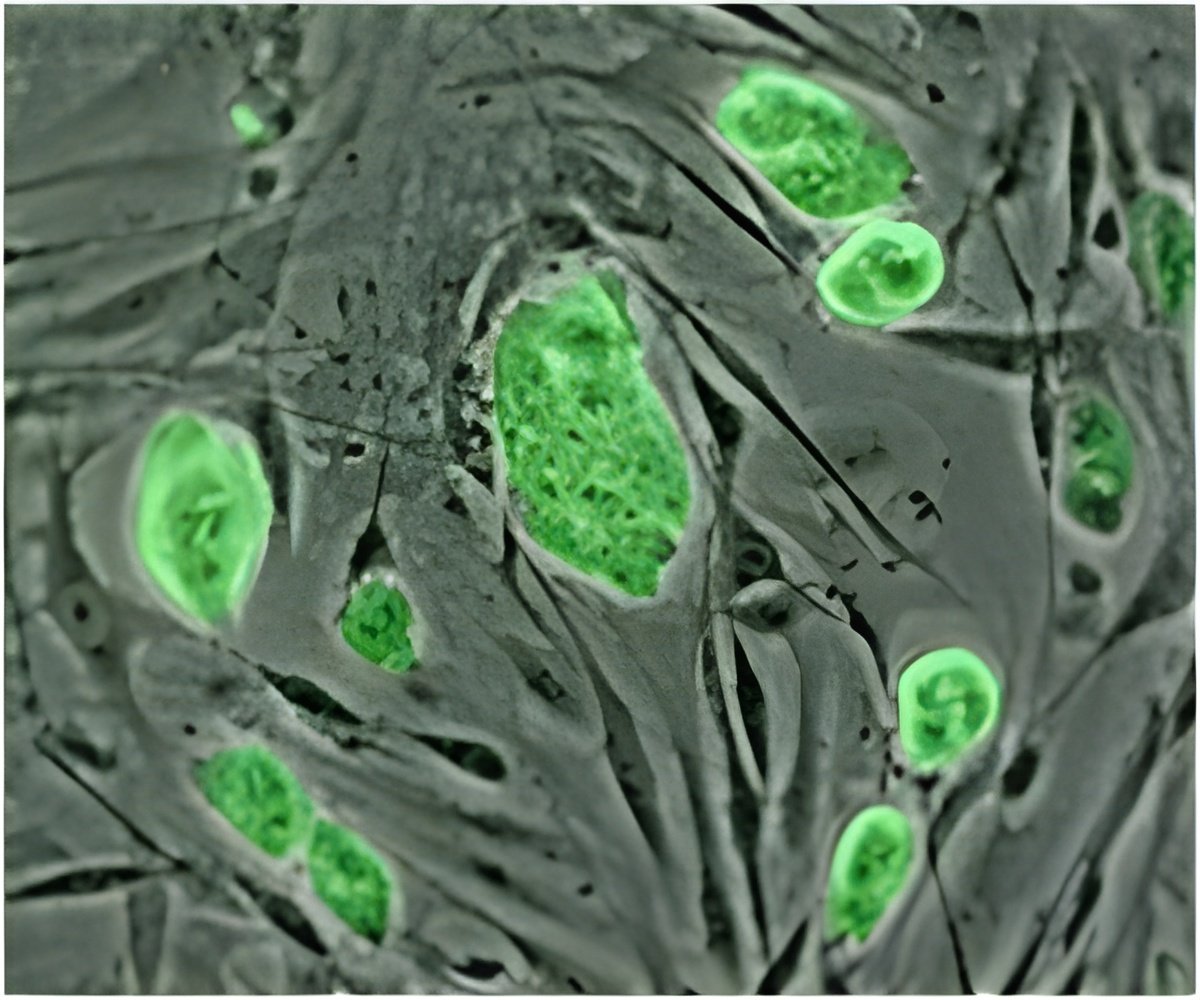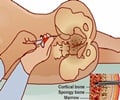Research has shown that cells called induced pluripotent stem cells (iPSCs) may hold the potential to cure damaged nerves.

When the generation of iPSCs was first reported in 2006, efficiency was paramount because only a fraction of a percentage of reprogrammed cells successfully became cell lines. Accordingly, the stem cell field focused on reprogramming efficiency to boost the pool of cells that could be studied. However, as scientists gained an increased understanding of the reprogramming process, they realized that myriad variables, including the ratio of reprogramming factors and the reprogramming environment, can also greatly affect cell quality.
Now researchers working in the lab of Whitehead Institute Founding Member Rudolf Jaenisch together with scientists from the Hebrew University have determined that the reprogramming factors themselves impact the reprogramming efficiency and the quality of the resulting cells. Their work is described in the current issue of the journal Cell Stem Cell.
"Postdoctoral researcher Yosef Buganim and Research Scientist Styliani Markoulaki show that a different combination of reprogramming factors may be less efficient than the original, but can produce much higher quality iPSCs," says Jaenisch, who is also a professor of biology at MIT. "And quality is a really important issue. At this point, it doesn't matter if we get one colony out of 10,000 or one out of 100,000 cells, as long as it is of high quality."
To make iPSCs, scientists expose adult cells to a cocktail of genes that are active in embryonic stem cells. iPSCs can then be pushed to differentiate into almost any other cell type, such as nerve, liver, or muscle cells. Although the original combination of Oct4, Sox2, Klf4, and Myc (OSKM) efficiently reprograms cells, a relatively high percentage of the resulting cells have serious genomic aberrations, including aneuploidy, and trisomy 8, which make them unsuitable for use in clinical research.
Using bioinformatic analysis of a network of 48 genes key to the reprogramming process, Buganim and Markoulaki designed a new combination of genes, Sall4, Nanog, Esrrb, and Lin28 (SNEL). Roughly 80% of SNEL colonies made from mouse cells were of high quality and passed the most stringent pluripotency test currently available, the tetraploid complementation assay. By comparison, only 20-30% of high quality OSKM passed the same test. Buganim hypothesizes that SNEL reprograms cells better because, unlike OSKM, the cocktail does not rely on a potent oncogene like Myc, which may be causing some of the genetic problems. More importantly, the cocktail does not rely on the potent key master regulators Oct4 and Sox2 that might abnormally activate some regions in the adult cell genome.
Advertisement
But for all of its promise, the current version of SNEL seems unable to reprogram human cells, which are generally more difficult to manipulate than mouse cells.
Advertisement
Source-Eurekalert











